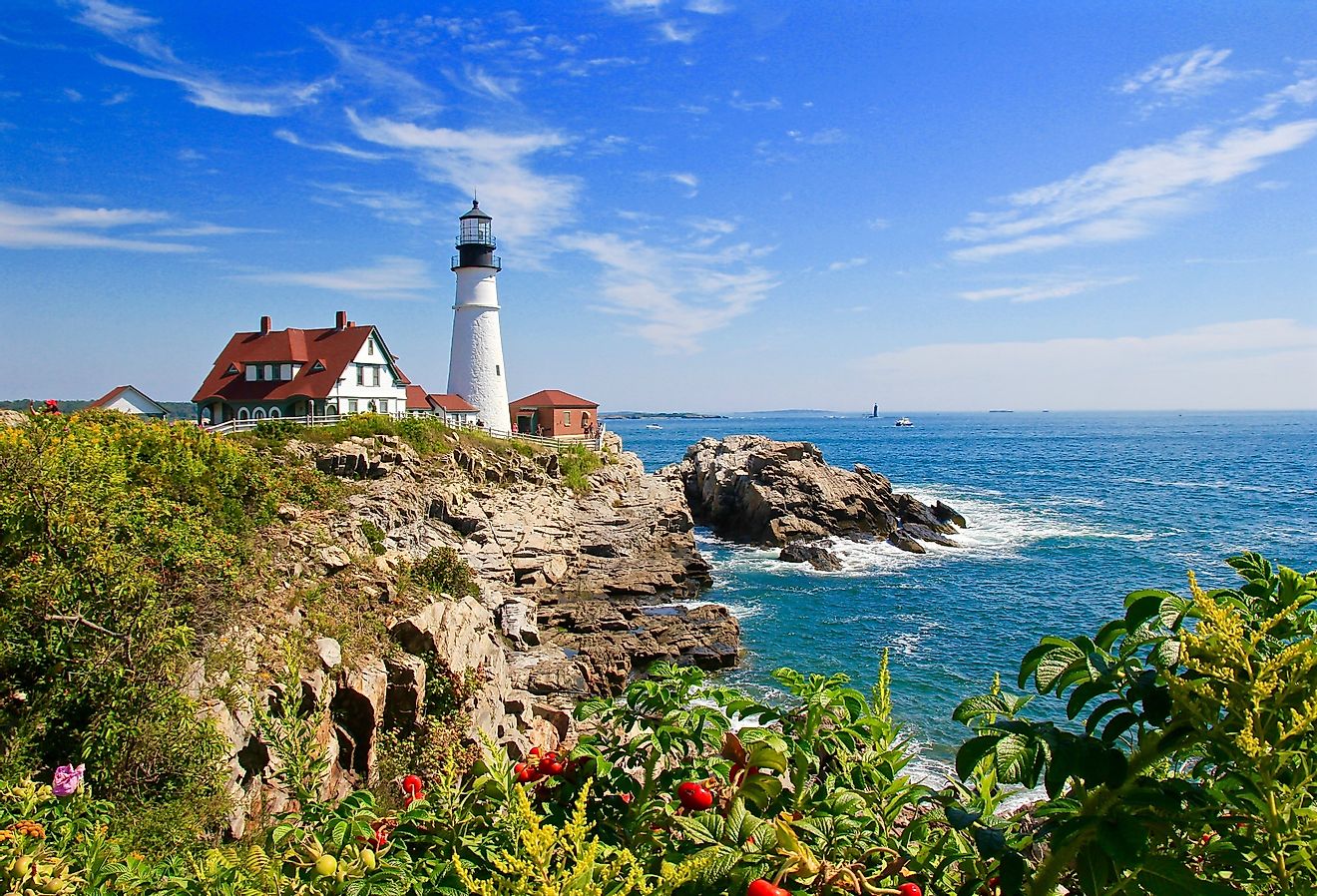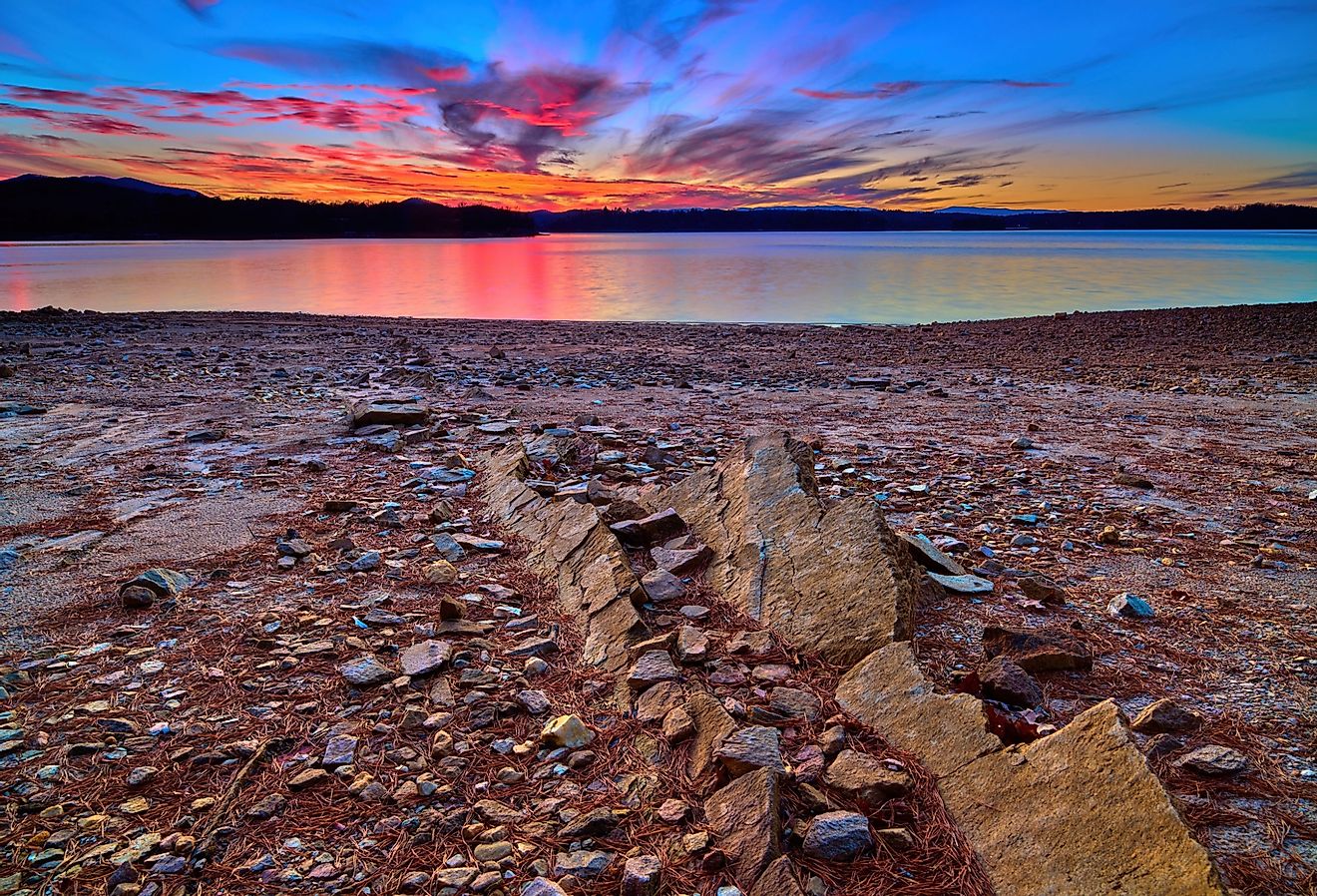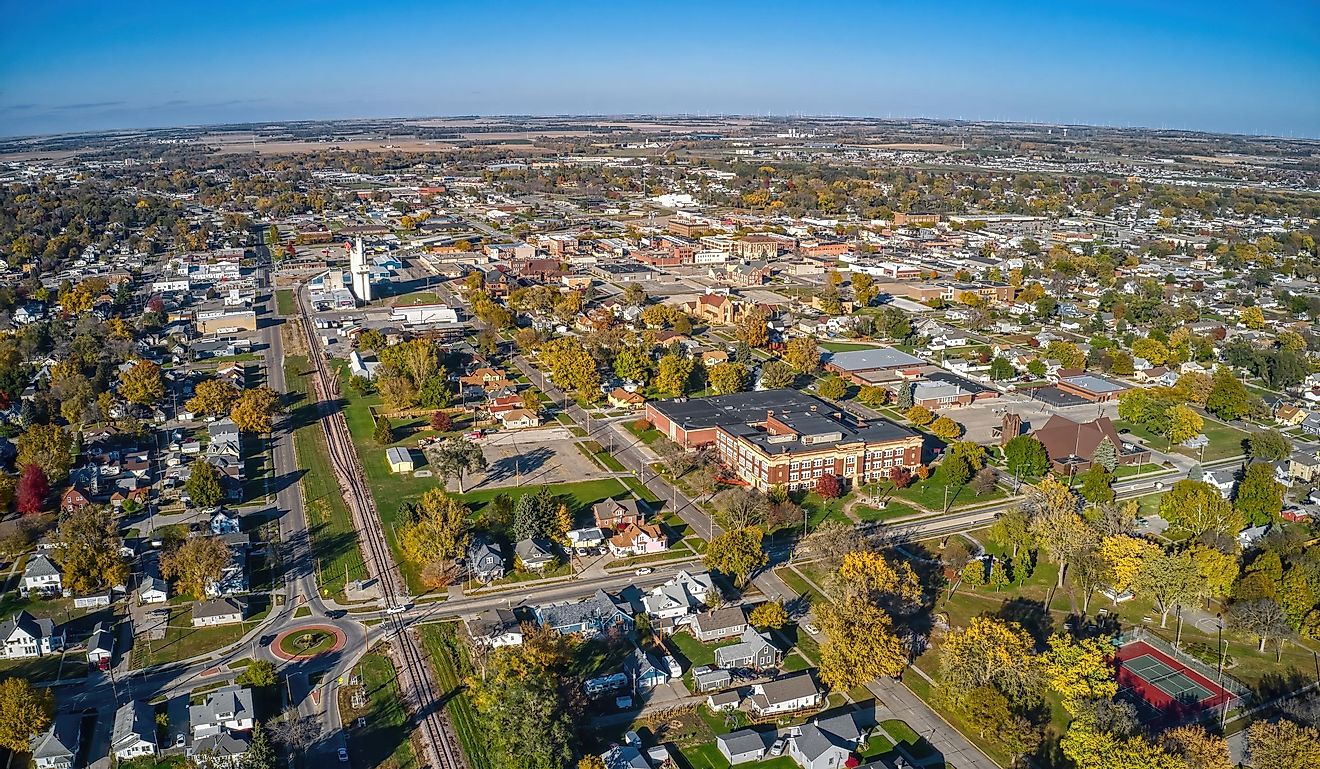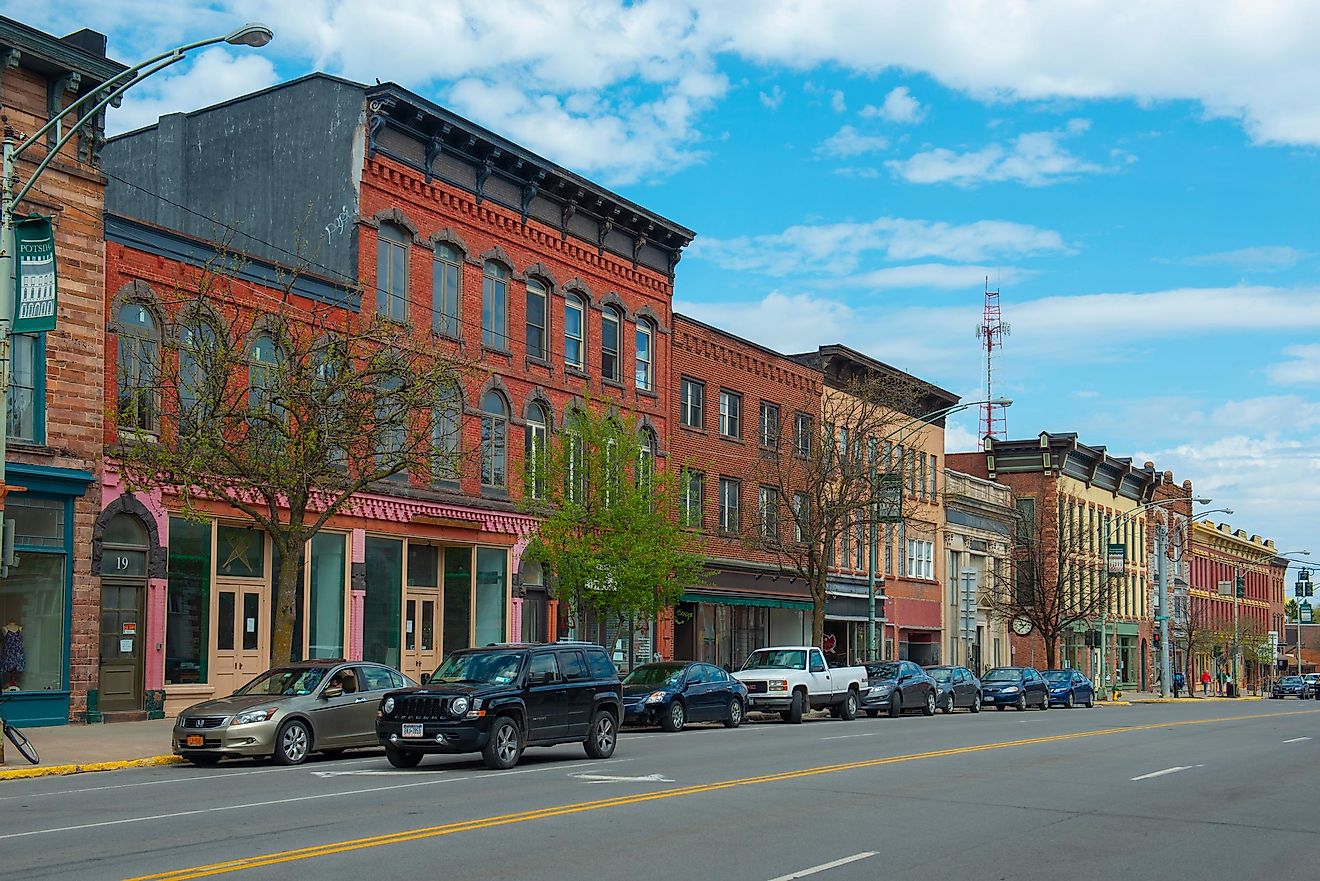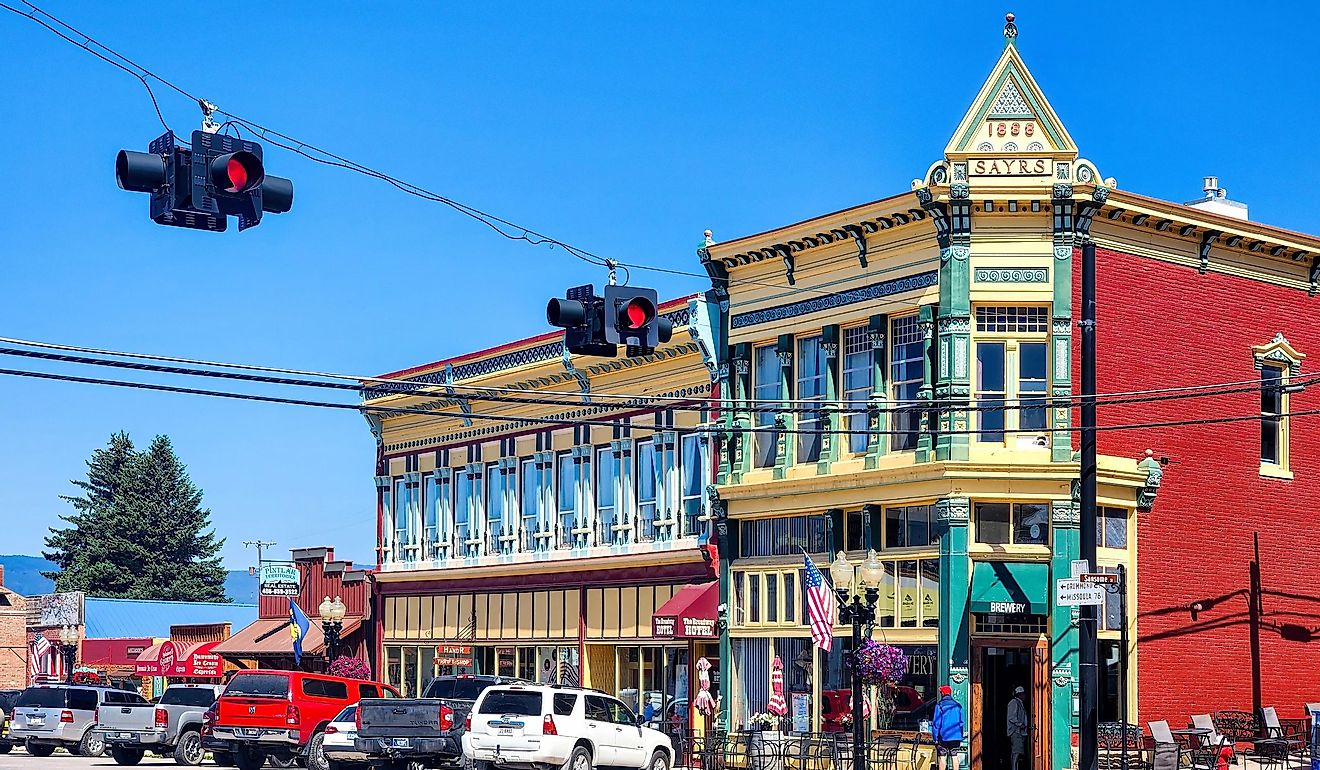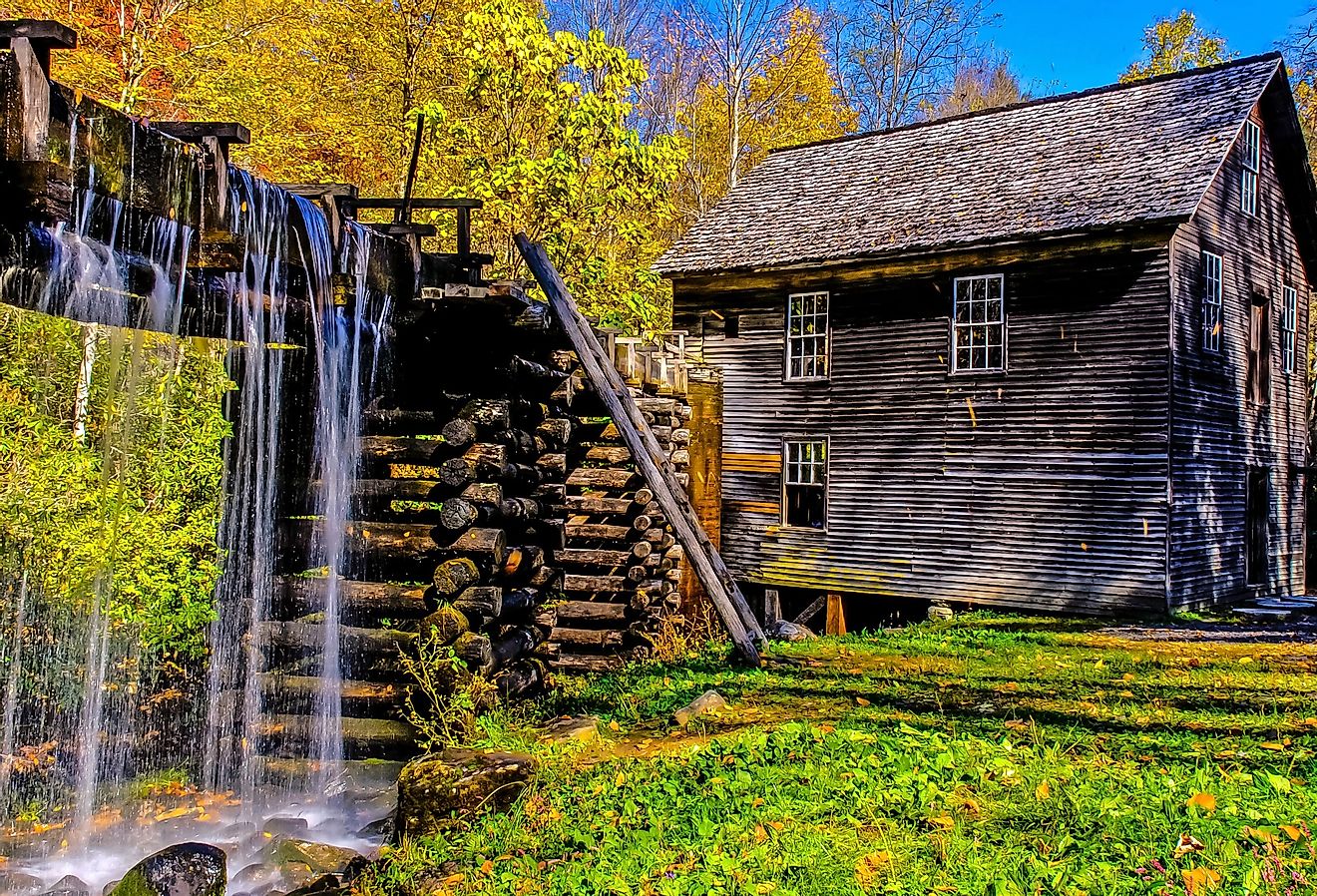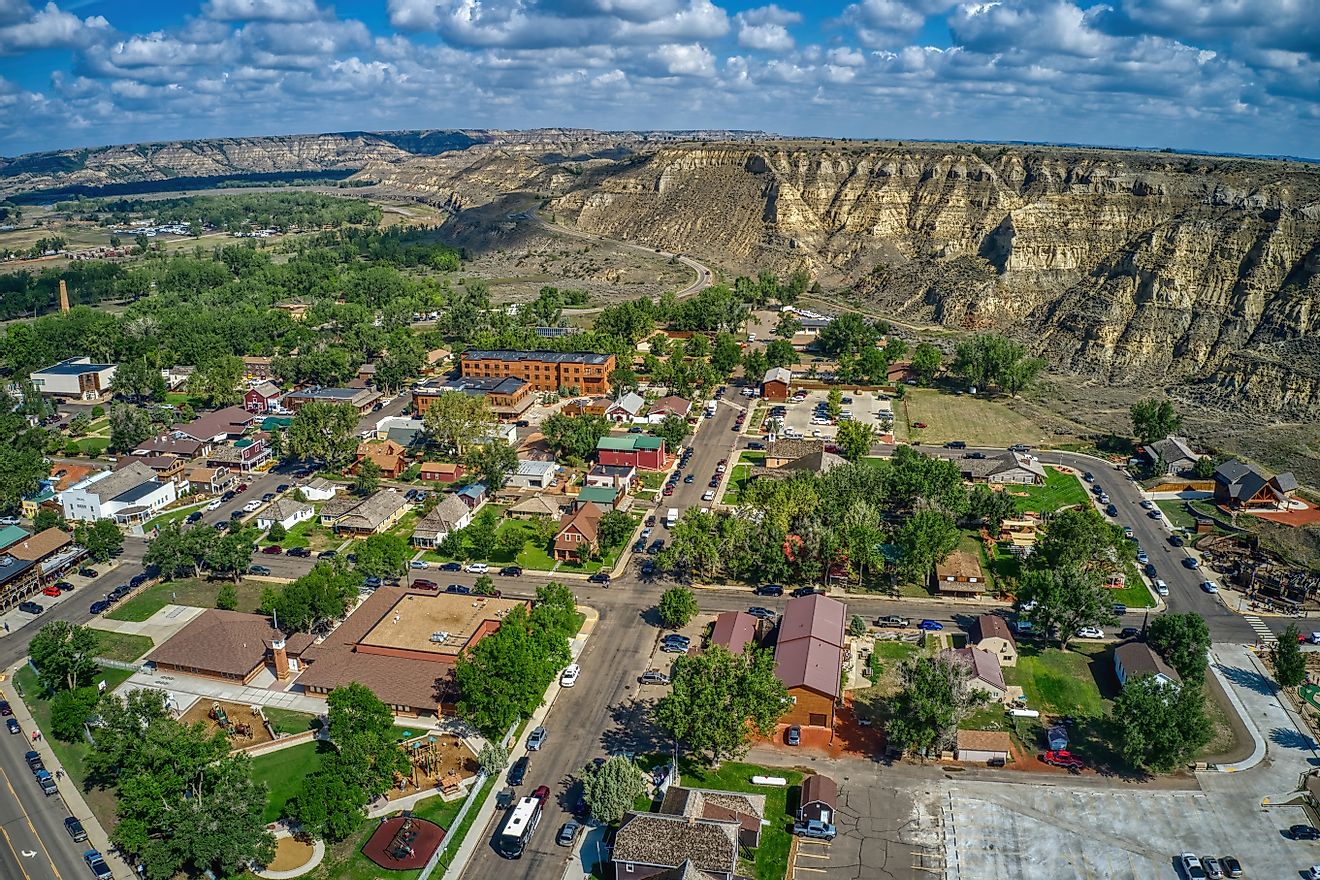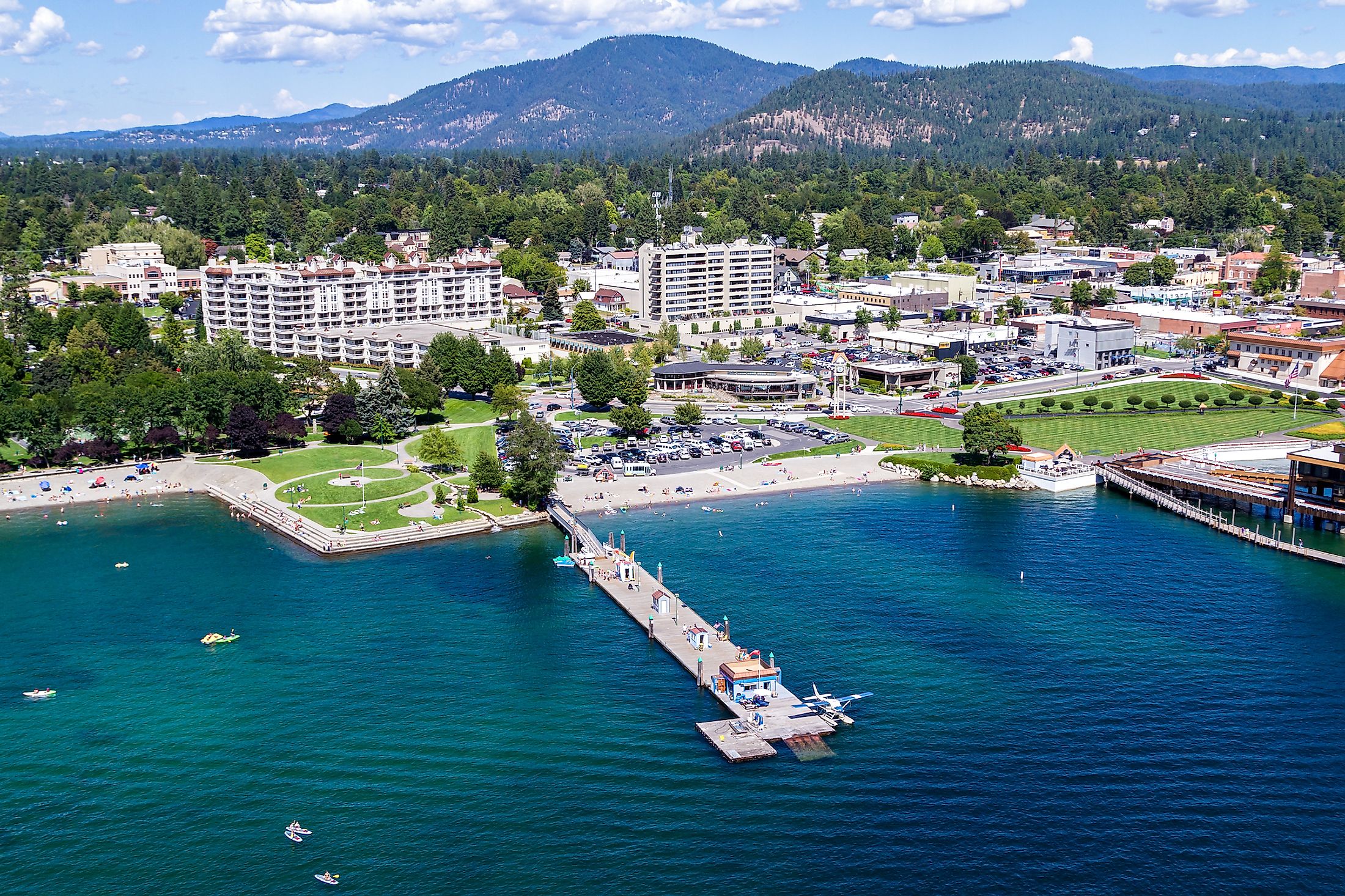
Coeur D’Alene, Idaho
Coeur d’Alene, which is French for “Heart of awl,” is a city located in the Kootenai County in the US State of Idaho. Situated on a lake of the same name, Coeur d’Alene was founded in the late 19th century, following the establishment of a military fort in the area. It was not long after it was established that the city became popular with tourists, who were enamored with the beauty of the lake on which it sits. Today, Coeur d’Alene remains popular with tourists who come to the city to enjoy many attractions and seemingly endless outdoor fun.
Geography Of Coeur d’Alene
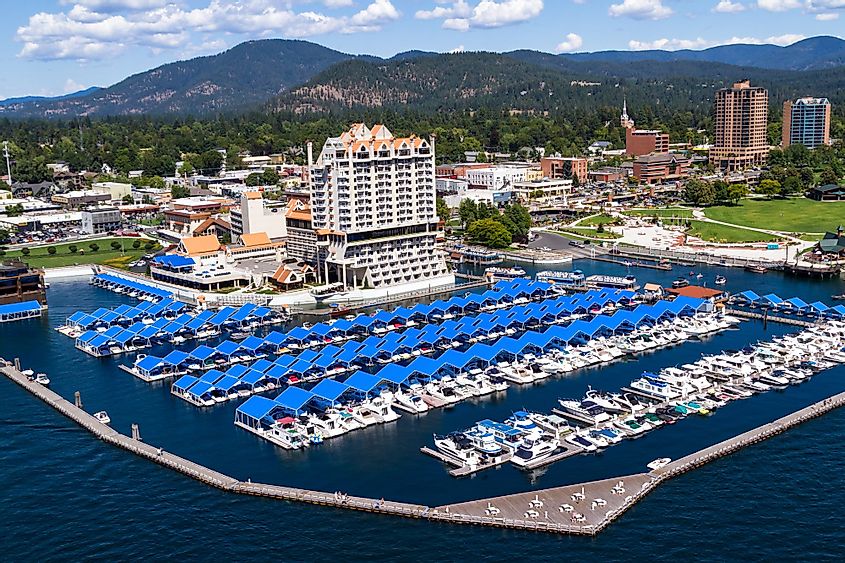
Coeur d’Alene is located in Northern Idaho, 50 km east of downtown Spokane, Washington, and 415km east of Seattle. It is situated on the northern shores of Lake Coeur d’Alene. The city also sits on the north bank of the Spokane River and forms a part of Fernan Lake's northern and southern shores. The towns of Dalton Hills and Hayden border Coeur d’Alene to the north. Post Falls is the neighboring town to the west. To the east of Coeur d’Alene is the Coeur d’Alene National Forest. Southeast of the city is Coeur d’Alene Parkway State Park, situated on the northeastern shore of Lake Coeur d’Alene. The city covers a total area of 41.65 sq. km, of which 1.32 sq. km is occupied by water and 40.33 sq. km is occupied by land.
Climate
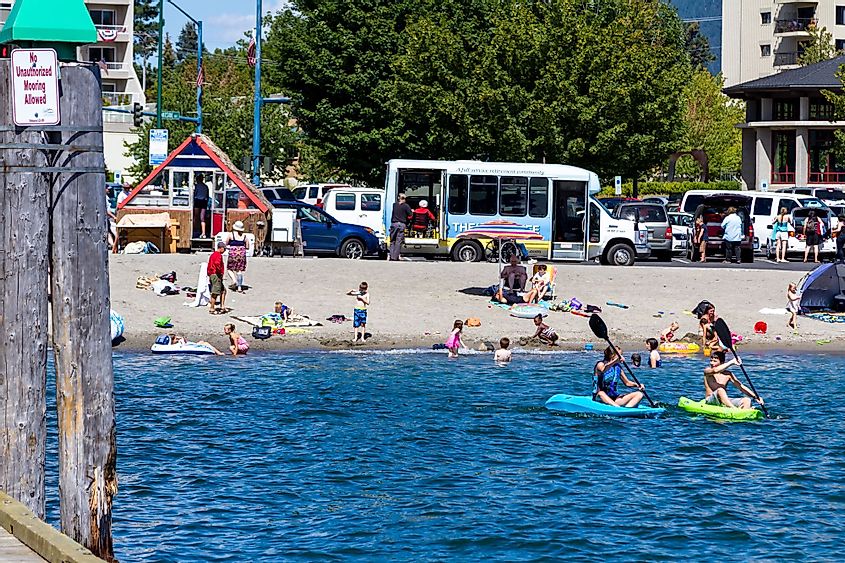
According to the Köppen climate classification, Coeur d’Alene experiences a dry-summer continental climate with warm, dry summers and cold, moist winters. The hot season lasts from June to September, with July being the hottest month, having an average high temperature of 28.8°C and a low temperature of 12.7°C. The cold season lasts from November to February, with December being the coldest month, having an average low temperature of -3.8°C and a high temperature of 1.6°C. Due to its location on the windward side of the Rocky Mountains, Northern Idaho receives more precipitation than eastern Washington. The area receives an average annual rainfall of 25 inches and an average annual snowfall of 46 inches. Coeur d’Alene experiences cooler days and milder nights as the presence of large water bodies such as Lake Coeur d’Alene have a moderating effect on the climate.
The Population And Economy Of Coeur d’Alene
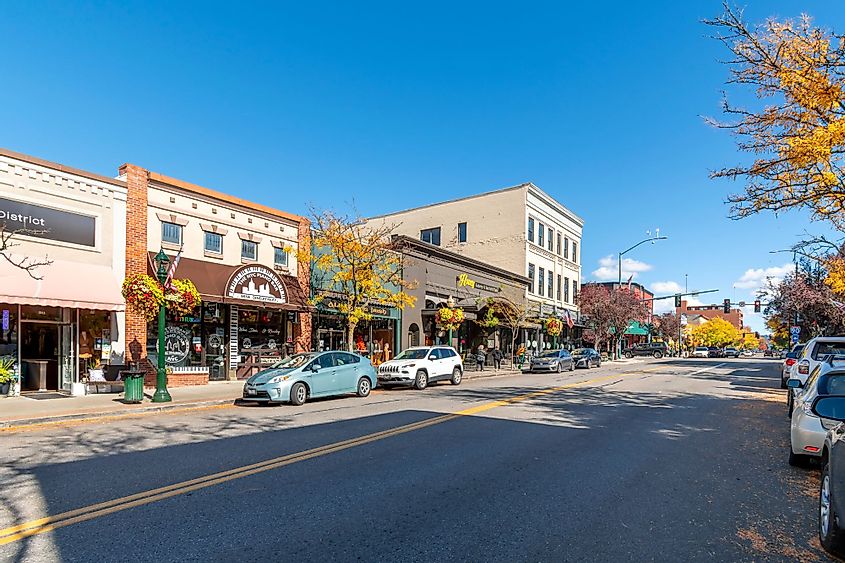
The total population of Coeur d’Alene is 54,628. More than 93% of the city’s residents are White, while 2.74% are of mixed racial heritage, 1.83% are Native American, and 1.22% are of Asian descent. Over 95% of Coeur d’Alene’s residents speak only English, while 2.4% speak Spanish. About 97% of the city’s population was born in the United States, and 32.35% were born in the city itself.
As of 2019, there are 21,283 households in Coeur d’Alene, with a median household income of $51,073. The city's poverty rate is 14.84%, and the unemployment rate is 4.1%. Coeur d’Alene's economy was primarily based on mining and lumber until about the mid-20th century. Now, however, tourism is Coeur d’Alene’s principal economic sector. The city is also the healthcare, educational, media, manufacturing, retail, and recreation center for northern Idaho.
Brief History Of Coeur d’Alene
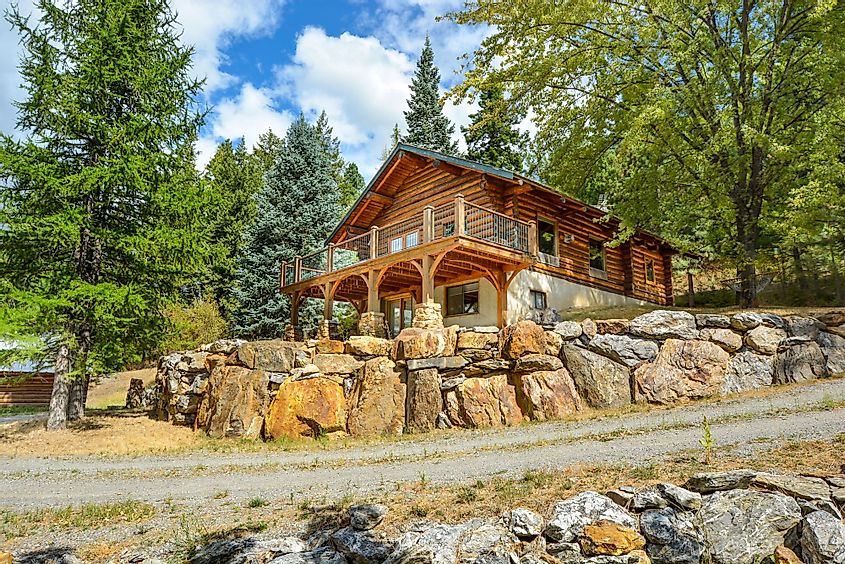
The original inhabitants of what is now Coeur d’Alene were Native Americans of the Schitsu’umsh nation. In the early 1800s, the Northwest Fur Trading Company established a trading post on the northern shores of Lake Coeur d’Alene. During this time, French traders frequenting the area nicknamed the local Native Americans the “Coeur d’Alene.” In French, “Coeur” means heart, and “Alene” means awl, a sharp-pointed tool used to pierce leather. Thus, the Schitsu’umsh people were described as sharp traders with hearts like the point of an awl. Eventually, this nickname stuck and became the standard term for the Schitsu’umsh among Whites. Hence, the lake at the center of these Native Americans’ homeland was dubbed Lake Coeur d’Alene. In 1878, General William T. Sherman established a military fort on the northern shores of Lake Coeur d’Alene, which he called Fort Coeur d’Alene. While this fort was under construction, a small village grew on its eastern edge. This village would be incorporated as Coeur d’Alene in 1887. Seven years earlier, the commander of Fort Coeur d’Alene ordered the construction of a steamship to carry supplies. Afterward, other steamboats in Lake Coeur d’Alene were built for commercial and pleasure purposes. By 1910, there were more steamboats on Lake Coeur d’Alene than any other body of water west of the Mississippi River.
During the late 19th century, visitors to Coeur d’Alene marveled at how beautiful the lake was. Over time, as new steamship and railroad links were established, thousands more tourists came to Coeur d’Alene. Camping, hunting, fishing, and boating became popular in the area. The arrival of more tourists necessitated the building of additional infrastructure in Coeur d’Alene, including new lodges, hotels, campgrounds, and transportation networks. Until the early 1890s, Coeur d’Alene served as the railroad and steamboat transfer point for transportation between the mines in the nearby Silver Valley to the smelters in the eastern states. In the early 1900s, a significant timber boom caused the population of Coeur d’Alene to increase 16-fold in a period of 10 years. In 1906, Coeur d’Alene was reincorporated as a city. It continued to benefit from the timber market until the Great Depression of the 1930s, when approximately half of the woodworkers in northern Idaho were laid off, and lumber production fell significantly. During the 1950s and 60s, tourism became the mainstay of Coeur d’Alene’s economy. As a result, there was more demand for lodging facilities, convention spaces, restaurants, and cultural activities. By 1976, the city had over 30 motels with about 1,500 rooms. Additional investments in tourist infrastructure were made in Coeur d’Alene during the 1980s. In 1986, the city was given the Raoul Wallenberg Award for its stand in peacefully countering the message of white supremacists that moved into the area. The 1990s saw substantial population growth in Coeur d’Alene. Many new residents were drawn to the city from California, citing overcrowding, crime, and earthquakes as the reasons for relocating. Coeur d’Alene has still seen an influx of people moving in from other western states for political or economic reasons in the last decade. In fact, according to Census Bureau data in 2018, the city and county were among the fastest-growing metropolitan areas in the country.
Attractions In And Around Coeur d’Alene
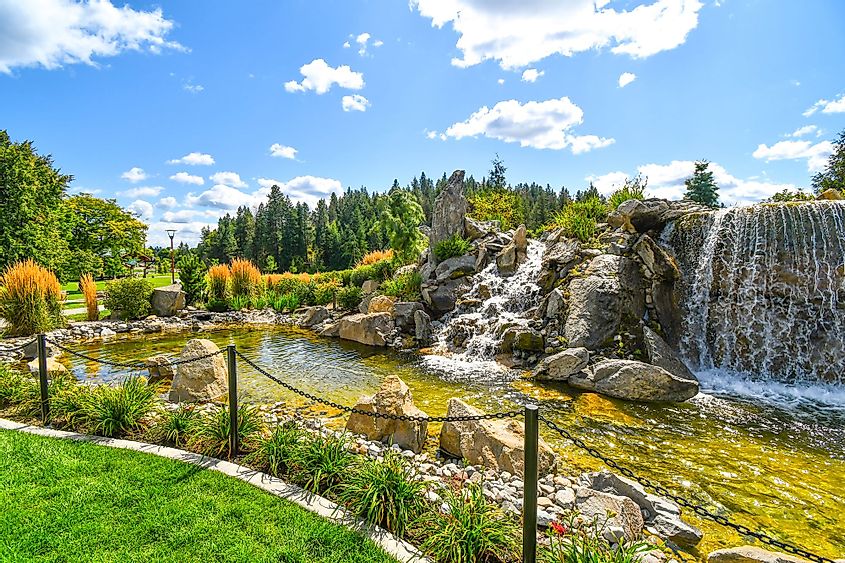
Coeur d’Alene hosts a wide variety of attractions. Some of these include several art and culture galleries and a museum known as the Museum of North Idaho, where visitors can learn about the history of Coeur d’Alene and the surrounding region. This museum includes exhibits on the people of the region, including the original Native American inhabitants, and displays that chronicle the history of the railroad and steamships in the region. Other notable indoor attractions include two popular waterparks. One is located at the Triple Play Family Fun Park, the biggest indoor waterpark in the Northwestern United States. The other is called the Raptor Reef Indoor Waterpark.
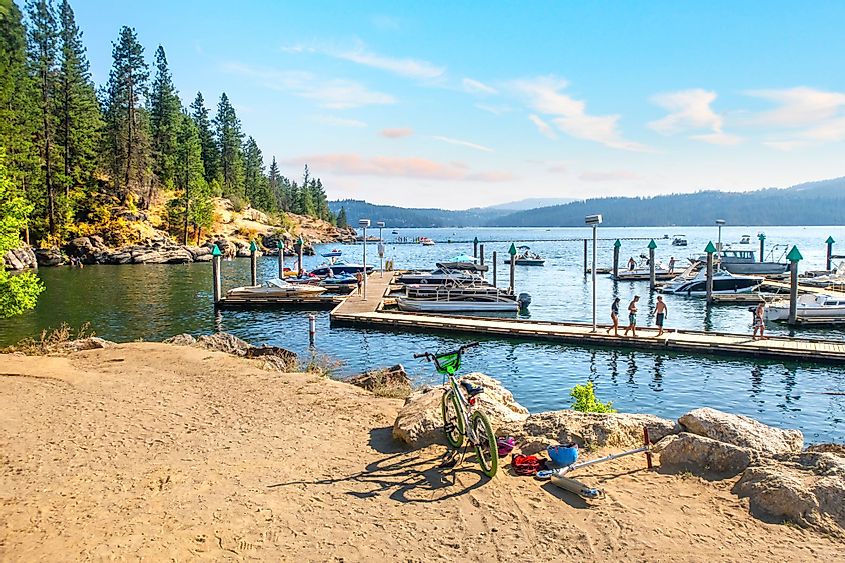
Most of Coeur d’Alene’s best attractions, however, are outdoor attractions. The region is an outdoor enthusiast’s paradise, offering many activities during all seasons. One of the region’s most popular outdoor attractions is Northwest’s biggest theme park, known as Silverwood Theme Park. Located just 15 minutes north of Coeur d’Alene, Silverwood features 70 rides, shows, and attractions. Coeur d’Alene is also home to the world’s only floating, moveable golf greens. During the winter, many tourists enjoy skiing and snowboarding at the Silver Mountain Resort, which features the world’s longest gondola.

